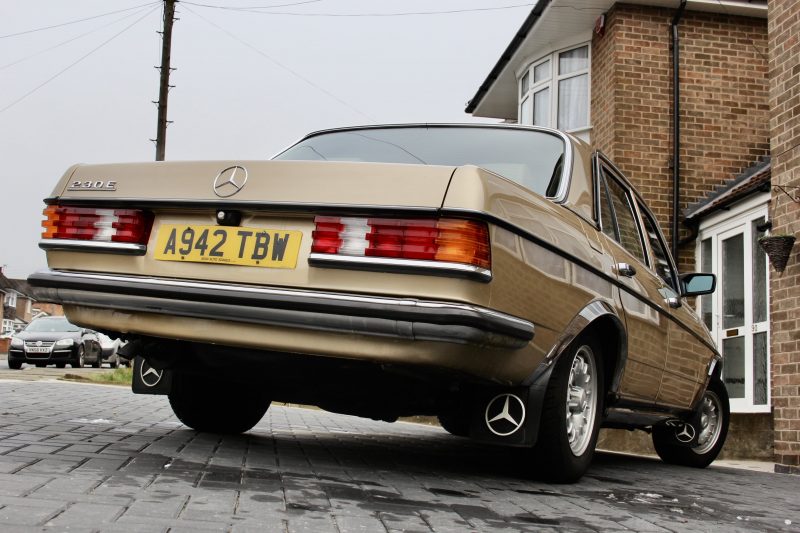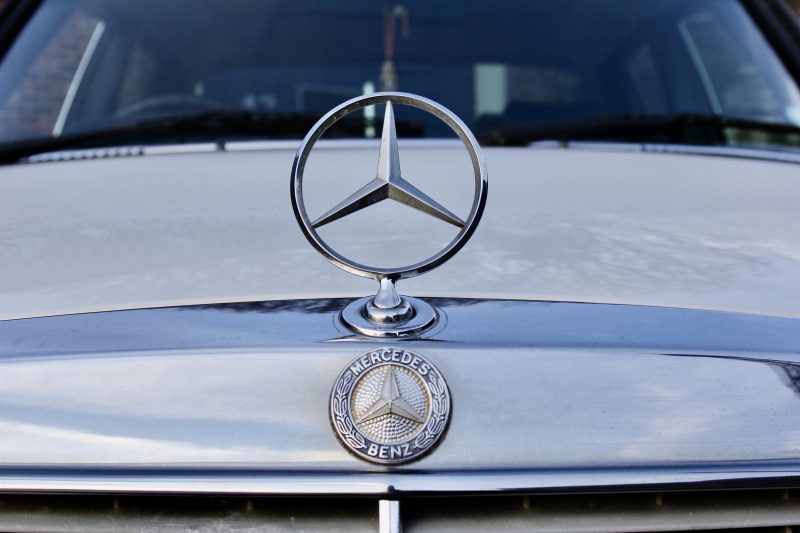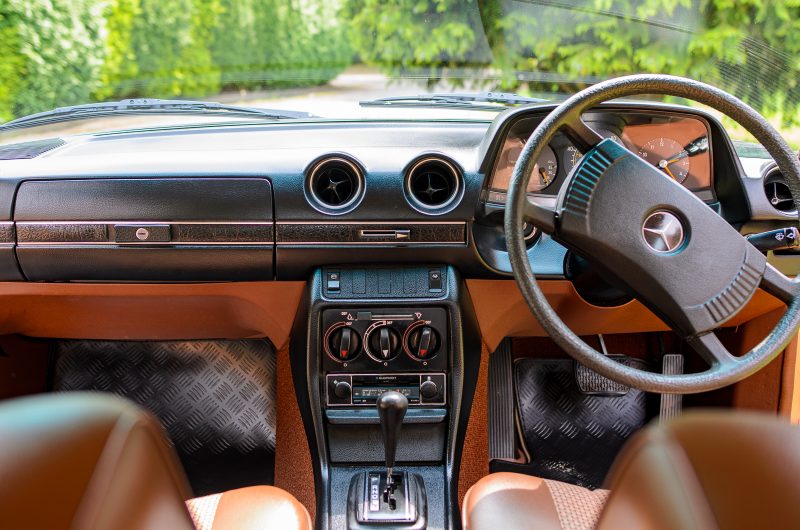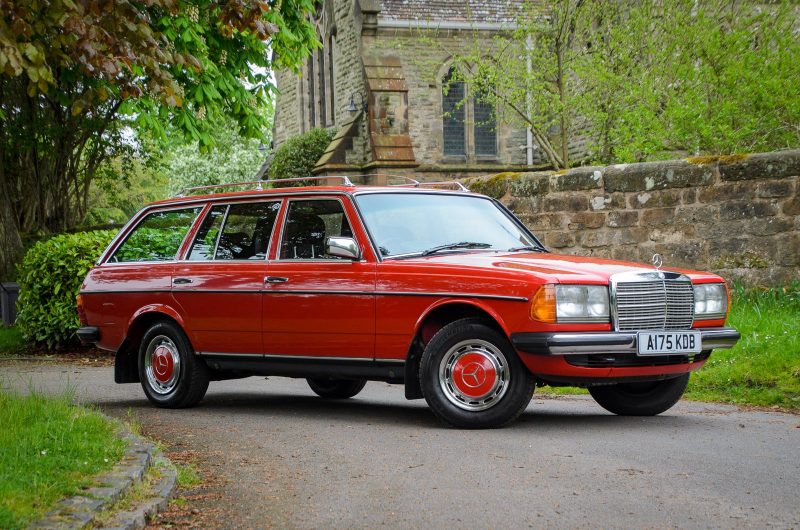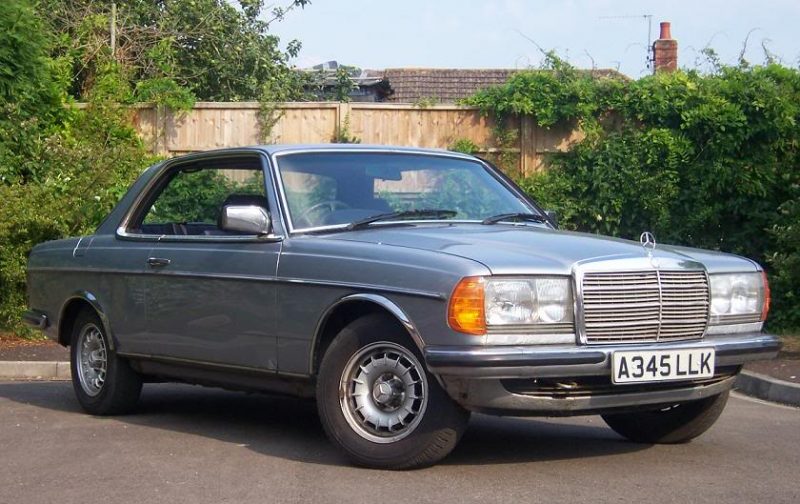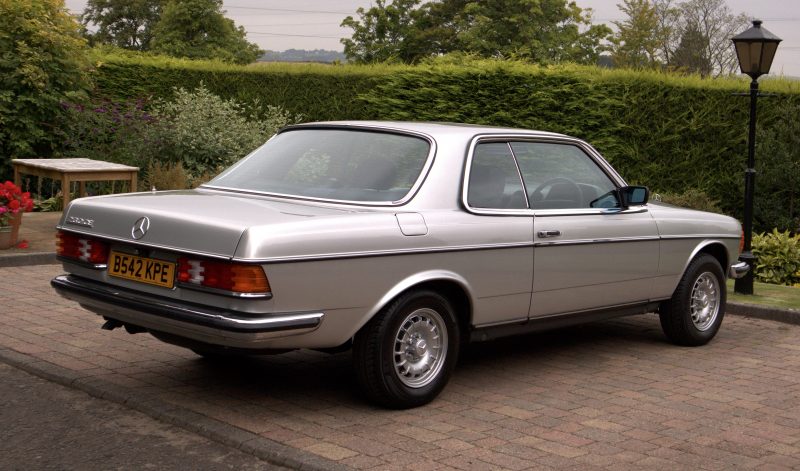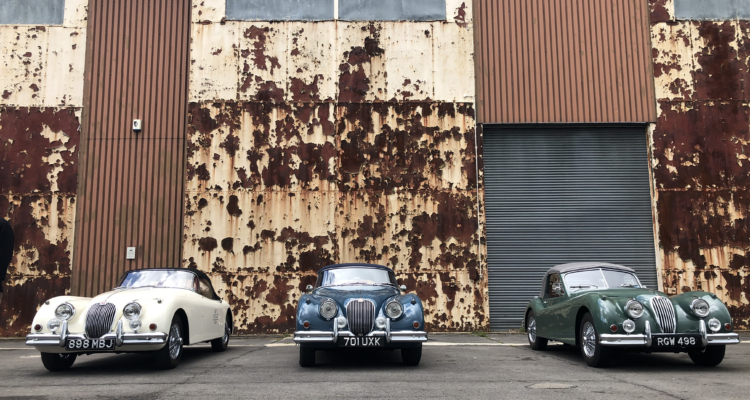Mercedes-Benz W123 – The Ultimate Classic?
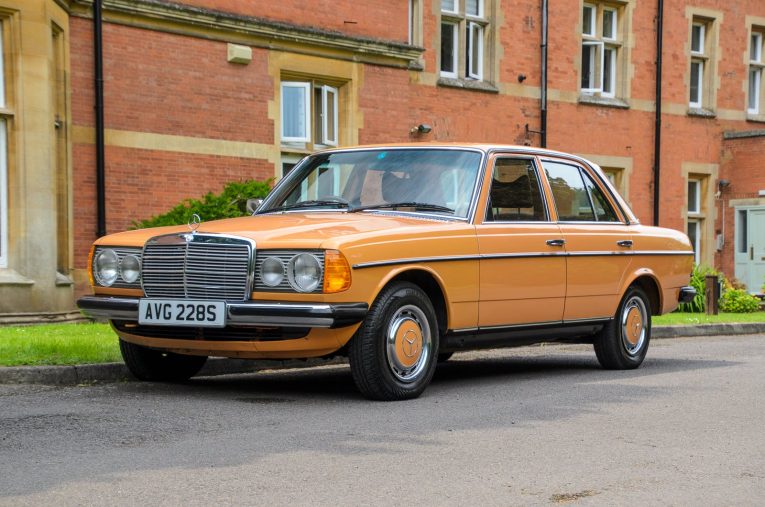
Given the fact the car has been around in one form or another for well over a century, the resulting world of now classic cars is nothing short of vast. Sure, the roads are largely full of nondescript and frankly boring SUVs, but around the globe there are garages full of classic metal. And it comes in all shapes and sizes. Sporty, small, rugged, off-road, commercial, petrol, diesel – whatever you want your classic car to be, there is something out there to satiate your particular vehicular desire. And because of that breadth and range on offer, you might think it would be nigh on impossible to select just one to be the ultimate classic. Actually though, it’s not. We put it to you, dear reader, that the W123 Mercedes-Benz is exactly that.
To land on the W123 whilst looking for a car to award this accolade was not a difficult task. Sure, it’s not going to tickle everyone’s pickle, but by and large the W123 is a much-loved and respected ‘hall of famer’ in the classic car world. A car with no ego, with no attitude and with no reputation of mechanical horrors. Plus, while many of us will be keen to state our classics can, if required be used every day, the fact remains that with the W123, such a statement isn’t a hopeful brag. It’s the truth. Scour the internet for articles on the W123 and you’ll soon see the words ‘Africa’ and ‘taxi’. And by typing them here, this article is no different. Those words are indeed widely used, but what makes them special is the fact they are not subject to alteration over time. Someone writing that twenty years ago, while gushing about the W123’s reliability, could do the same today and still mean it. The W123 is one of the world’s greatest cars. The taxi thing is relevant because it’s a demonstrable example of just how tough these cars were, and indeed still are. Go to Africa today, and you’ll still see the W123 in impressive numbers. They work. Without fail.
And while the African cabbies have done a sterling service when it come’s to the W123, the reality is that even without their batter but still purring 500,000km jalopies, the w123 would still be at the top of our list. There is, even outside of the ‘where to, mate?’ world, an unending barrage of reasons to celebrate this most unassuming of cars.
The first point is exactly that. The unassuming part. The W123 is a classless, ego-free machine. One that would look just as at home parked up outside a impossibly expensive London mews house as it would on the driveway of a two-bed bungalow. It’s a car that is adored even by people who have no interest in such things. It is, despite being based on the most traditional of saloon shapes, an example of rolling art. It’s subtle, but it’s captivating. It lost the ‘stacked’ lights of the W114 and instead took design cues from the W116 S Class, such as the wider headlights, ribbed rear lights and a better, more user-friendly cabin. It will come as no surprise to know that while top billing for design goes to Friedrich Geiger, it was actually a young and rank-climbing Bruno Sacco who was responsible for most of it. And as well we know, he went on to shape the future of Benz with his stunning eyes for automotive design.
Between 1976 and 1986, the W123 Mercedes-Benz ruled. It wasn’t as fast as its rivals, and it wasn’t even as well equipped in most cases. It certainly wasn’t as cheap. But it didn’t matter. The W114 before it had warmed up the crowds, and the W123 was there to fill the buying public’s need. The W123 was actually delayed due to production issues, which has been the early death knell for other cars. The W123, however, just got more popular. People lucky enough to get an early model could easily sell it for over 5,000DM more than list.
The W123 wasn’t just a saloon. Yes, the saloon made up most of that 2.7m figure (2,375,410), but it wasn’t the last word. There was also the S123 estate version, an early player – if specified correctly – in the seven-seat world. Then there was the C123, which was the coupe version (I had one – rotten as a pear, but man it was pretty – Ed) and there was even a limousine and also a chassis and long-wheelbase chassis that were more often than not converted to be hearses and ambulances. The W123 was the Swiss Army Knife of cars. And while Mercedes-Benz never lopped the top off one itself, Crayford here in the UK was more than willing, resulting in the St. Tropez cabriolet version.
Our Ed’s old W123 Coupe
Mechanically, the W123 Mercedes-Benz brought a lot over from the W114 before it. Steering, suspension, brakes and so on. It also brought many of the engines over, which was nothing but a good thing. To compete with rival offerings, this included the venerable M110 engine. A 2.8 litre straight-six with double overhead cams and plenty of power. This is the engine to have, but don’t be quick to dismiss the 2.3 four-cylinder. While not as refined as the six, it was and still is a hardy little unit. There was a 3.0 diesel, and some smaller petrol engines, but the 2.3 and the 2.8 are the pick of the bunch. As is the automatic transmission. Despite Mercedes-Benz’s engineering prowess, there is no ignoring just how awful the four and five-speed manual transmissions were. Get an auto. Waft. This isn’t a car that needs three pedals.
The W123 Mercedes-Benz is not, of course, a perfect car in the grand scheme of things. This is a car that went out of production 1986 after all, and as such you need to have your eyes open if you’re planning to buy one. For example, while the W123 was and still is a mechanical masterclass, it was not a car that managed to avoid rot. In fact, they like to rust for fun. The blue coupe above that Pollitt owned looked okay but was rotten to its very core. Boot floors, chassis rails, bulkhead, rear suspension areas, sills, jacking points – they were all made out of air. You can’t go into buying any old car without a bit of care and due diligence. The W123 is good. Spectacular in fact. But it’s not immune to the ravages of time.
Try and avoid the cheap cars, unless of course you’re after a project (and that’s not a bad way to go – parts availability is good, as is support from clubs and specialists). The W123 is a quality product, and if you buy one that has been beaten and neglected, it’s going to be a costly and frustrating thing to live with. Spend the money, get yourself a nice, original, unrestored car if you can (there are plenty out there, as the W123 is the kind of car people look after for the most part) and thank us later.
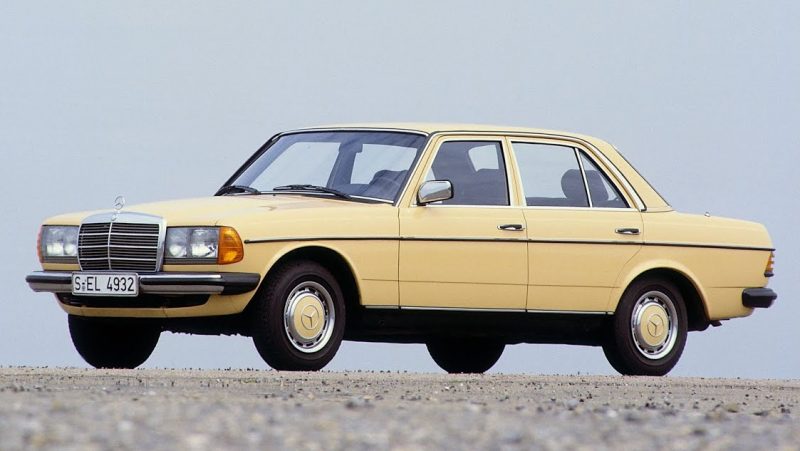
The W123 might not have the highest performance figures, it’s not a sports car, it’s not laden with kit and it’s not exactly a Lotus Elise through the bends, but none of that matters. What the W123 is, is the sum of its parts. Great, carefully curated and perfectly designed parts. Parts that when built into a car, will last forever. This isn’t a classic for sunny days and shows. This is a robust, reliable machine that you can honestly use every day. Comfortable, safe (even by modern standards) and immensely practical in estate guise. And when you consider how uniform and bland most new cars look, who wouldn’t like the idea of a W123?

